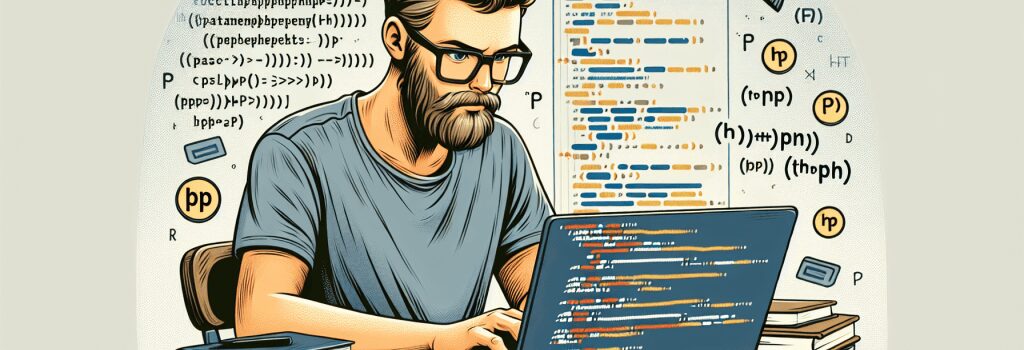Date and Time Manipulation in PHP: Best Practices

Okay, here we go! Let’s dive right into the nitty-gritty details of "Date and Time Manipulation in PHP: Best Practices" with a sprinkle of humor to keep you entertained along the way.
Back to Basics: Understanding Date and Time in PHP
PHP is like your grandma who loves to talk about time. Anything from "Back in my day…" to "It’s time for your afternoon nap." PHP sure knows how to handle dates and times! The basics you need to know about PHP’s date and time functions are centered around the ;date()> and ;time()> functions.
The ;date()> function formats a local date and time, and returns the formatted string. While ;time()> function returns the current time measured in the number of seconds since the Unix Epoch, which is like saying my grandmother has been alive for 763,129,600 seconds. Do the math to find out her age!
The Dynamic Duo: Date() and Time()
Ever had a date? Well, PHP gives you one every time. Oh, I mean a formatted string of the current date and time, by combining the ;date()> and ;time()> functions. Sorry for the misunderstanding!
This will print out something like ’12/31/9999 23:59:59′. Remember, PHP is not setting you up on a real date. Keep your expectations in check!
The Function You’ll Date Over Time: strtotime()
Let’s move onto PHP’s most irresistible function, ;strtotime()>. This function makes it possible to pass pretty much any English textual date-time description.
All of the examples above will print a Unix timestamp. Yeah, PHP got your back!
Wrapping Things Up: DateTime Class
Believe it or not, the rabbit hole goes deeper. Dive right in to explore PHP’s DateTime class, that makes date and time manipulation even easier. PHP’s ;DateTime> class encapsulates the date and time into one object, together forever, till the end of server!
Remember, every time you use date-time in PHP, be consistent. PHP can be like a barista from your favorite coffee shop – they pay attention to your favorite order. Consistency and best practice are your two keys to success in manipulating date and time in PHP. Keep in mind that practice makes improvement, not perfection. Experiment, make mistakes and learn from them. Happy coding!


